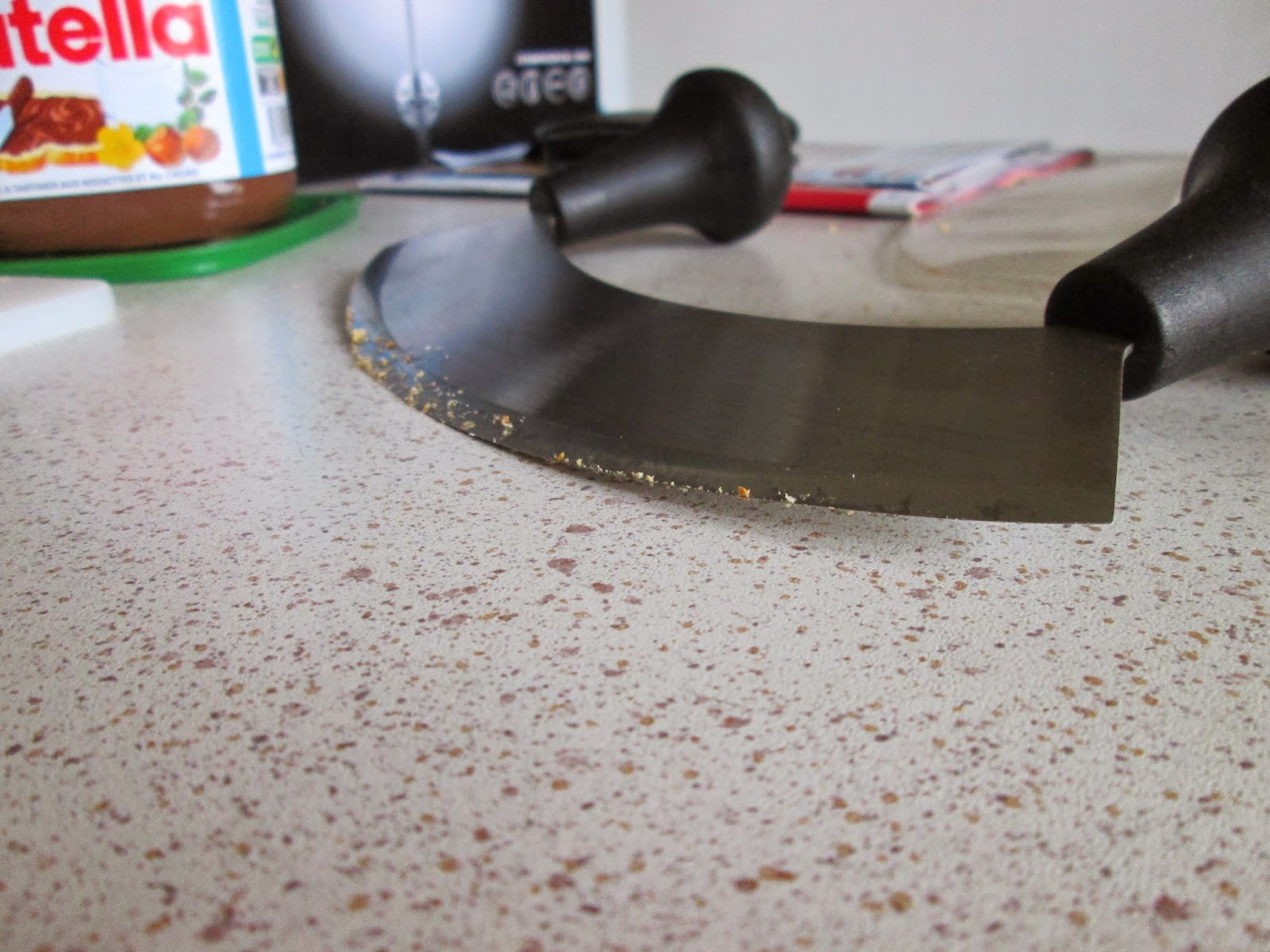Not a review by any means, I don't have the time today. I've just finished listening to Cory Doctorow's Information Doesn't Want to Be Free audiobook, read by Wil Wheaton.
It's the first audiobook I've ever listened all the way through - I have Homeland as well, sorry Wil. After having done so I can say with authority than reading works better for me. I better retain stuff and I can easily go back and find the passages I want to refer to to better understand a point. Also reading is less anti-social. My brother is a great fan of audiobooks and listens to Iain Banks stories regularly, but then he drives to work in his car, on his own - I would say this was the perfect environment in which to listen. I don't drive, and even on the bus, tram or train, I find I need to keep interrupting Wil's voice and Cory's words to reply to someone or to hear an announcement, making it a less than satisfactory experience.
Anyway, what I wanted to say was that the content companies seem to be metaphorically running around saying "Aaaargh, we're being attacked by bees!" and cutting down all the flowers so the bees die out rather than supporting the bees and being rewarded with honey. It's not a good enough metaphor and I shall ruminate on a better one over the Christmas break.
Thanks Cory for a brilliant book that has succeeded in making me very angry, and Wil for an excellent reading. I did find myself distracted on a few occasions by the musical stings and didn't really like them in here, but since I'm an audiobook neophyte, perhaps that's an aural punctuation I don't quite get yet.
I really hope (but unfortunately doubt) that your book is read/heard by some of the execs you mention Cory, and that some common sense will come into play.
Information Doesn't Want to Be Free is available from Cory's site for $15. I strongly urge you to check it out.






